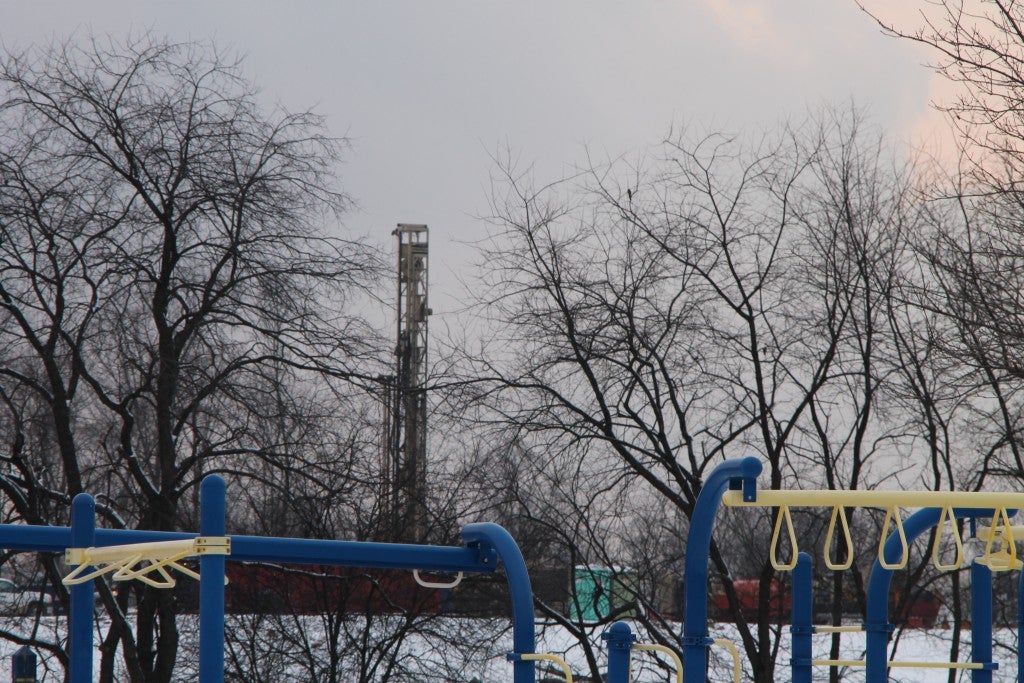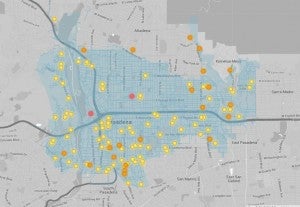 If you want to catch fish, go where you know the fish are. That’s our best advice for the U.S. Environmental Protection Agency as they draw up details to set methane pollution limits for the oil and gas industry, expected later this summer. The agency knows where the “fish” are – they drew a pretty good map of key methane sources back in January when they announced their intentions to address methane. Now they just need a concrete plan to reel them in.
If you want to catch fish, go where you know the fish are. That’s our best advice for the U.S. Environmental Protection Agency as they draw up details to set methane pollution limits for the oil and gas industry, expected later this summer. The agency knows where the “fish” are – they drew a pretty good map of key methane sources back in January when they announced their intentions to address methane. Now they just need a concrete plan to reel them in.
The Administration has announced that EPA will issue a proposed plan for action later this summer, with a proposed rule that will set first-ever limits on potent methane pollution from new and modified oil and gas sources. Together with other efforts from across government, this step can lay a strong foundation toward achieving the administration’s goal of reducing harmful methane pollution 40-45% below 2012 levels by 2025.
But as we know, the devil will be in the details, and for the oil and gas sector these details will be critically important. There are many different points along the supply chain where methane is being released uncontrolled—and in many cases undetected. The good news is that EPA knows this is a problem, and even collected extensive comments from experts and the public via a series of whitepapers on how to tackle the most significant emission points along the supply chain. Read More











 The surge in natural gas production that has reshaped the American energy landscape has many in the commercial transportation sector considering whether to start shifting their heavy-duty vehicle fleets from diesel to natural gas fuel. Many are looking to an advantage in carbon dioxide emissions to justify the higher cost and reduced fuel efficiency of a natural gas vehicle.
The surge in natural gas production that has reshaped the American energy landscape has many in the commercial transportation sector considering whether to start shifting their heavy-duty vehicle fleets from diesel to natural gas fuel. Many are looking to an advantage in carbon dioxide emissions to justify the higher cost and reduced fuel efficiency of a natural gas vehicle.

